Geely Galaxy Starshine 8: A Closer Look at China s New Plug-In Hybrid Sedan with Impressive Power Options
- 0
- 11 May 2025
Geely Galaxy Starshine 8: A Closer Look at China s New Plug-In Hybrid Sedan with Impressive Power Options
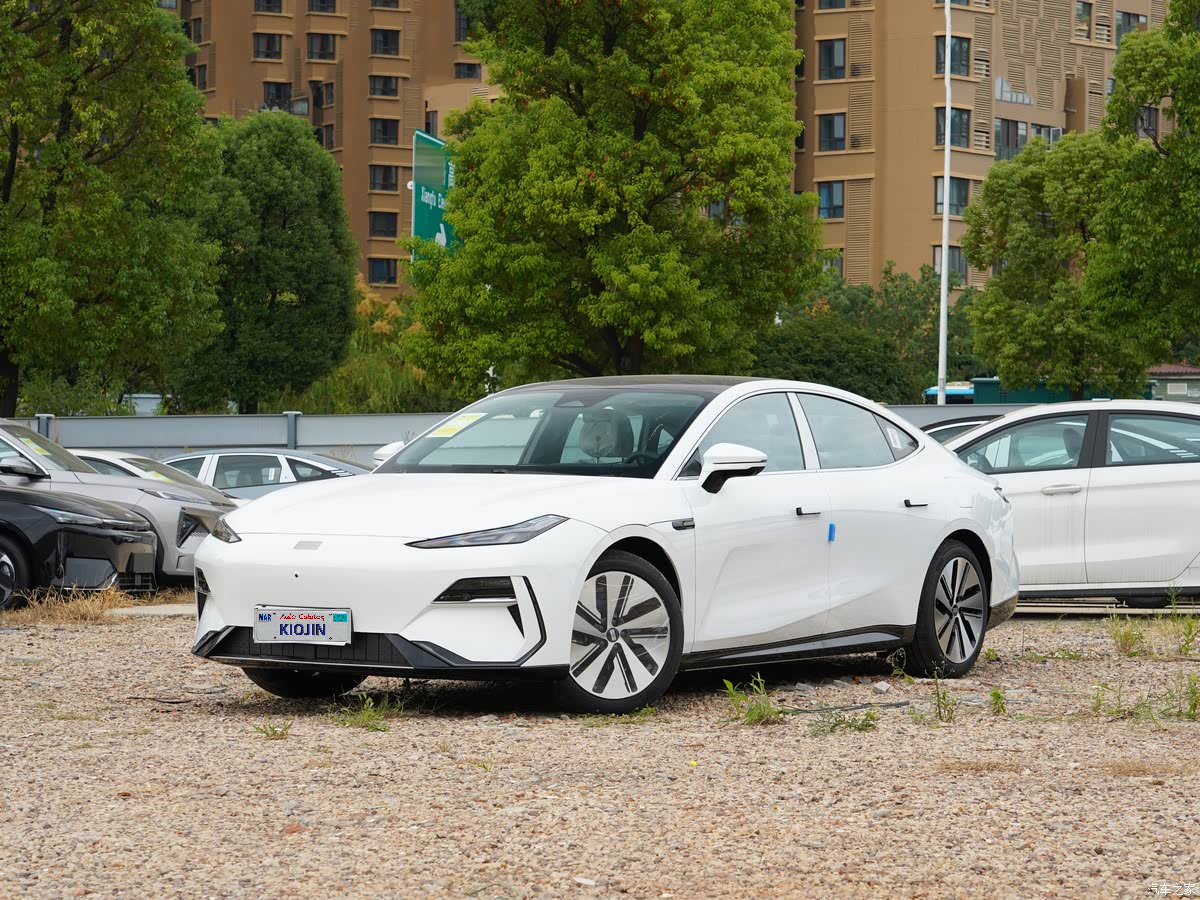
When it comes to plug-in hybrid mid-to-large sedans, the first model that likely comes to mind for many viewers is the BYD Han DM-i. The plug-in hybrid sedan market isn’t as bustling as the pure electric segment, but in recent years, automakers have gradually recognized consumer demand for such vehicles. As another established Chinese automaker, Geely has seized the opportunity to launch the Geely Galaxy Starshine 8 (specs|price inquiry), set for an official release on May 9. Let’s take a closer look at the highlights of this new model.
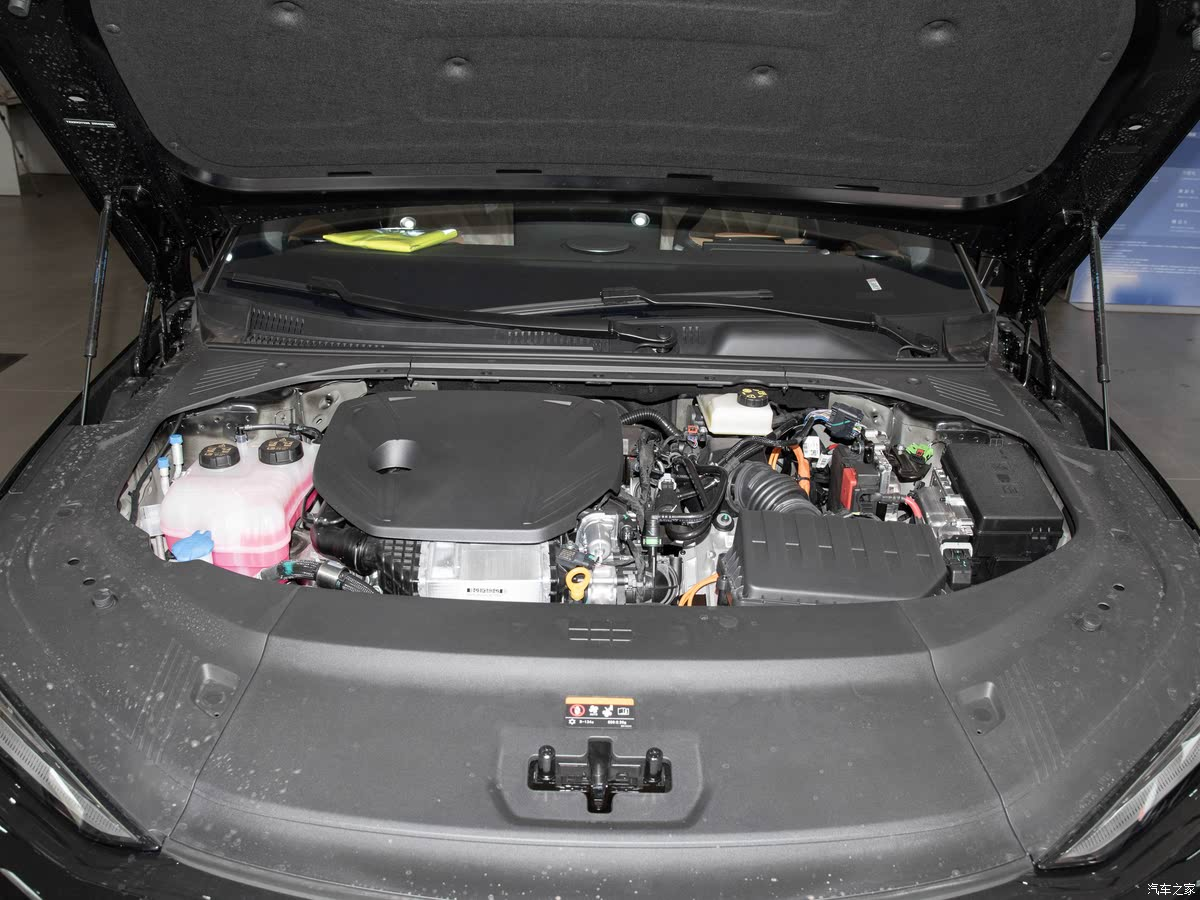
Power: Two plug-in hybrid options, choose between fuel efficiency or performance.

The Geely Galaxy Starlight 8 might sound a bit unfamiliar to many, but in essence, this vehicle can be considered the plug-in hybrid version of the Geely Galaxy E8, also positioned as a mid-to-large-sized sedan. The Geely Galaxy E8 is a pure electric model priced between 149,800 and 215,800 yuan, while its plug-in hybrid counterpart, the Geely Galaxy Starlight 8, comes at a more affordable price, with a pre-sale range of 133,800 to 173,800 yuan.
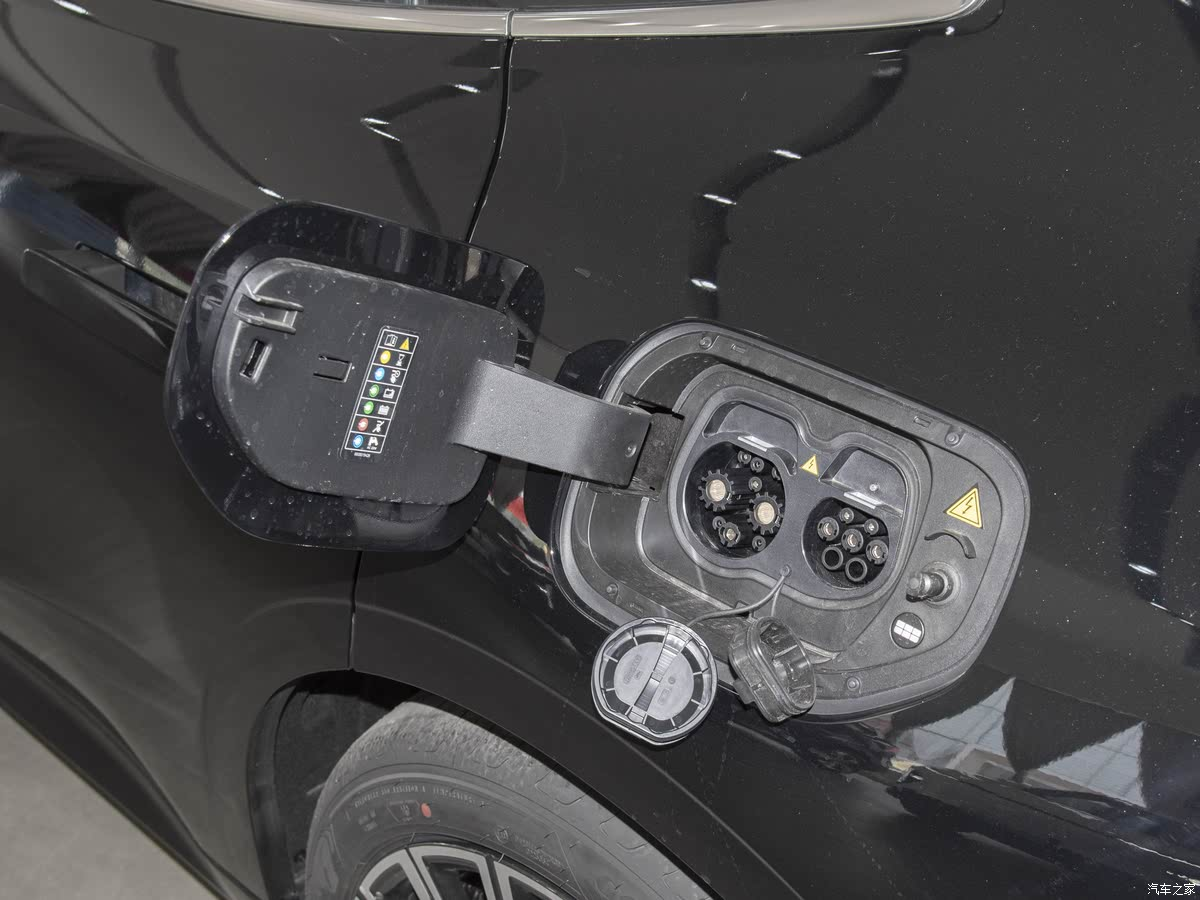
As a plug-in hybrid model, we believe the powertrain is what you re most concerned about. This time, Geely has introduced two plug-in hybrid systems: EM-i and EM-P. The EM-i is a fuel-efficient powertrain, featuring a 1.5L naturally aspirated engine with a maximum output of 112 horsepower, paired with a single electric motor delivering 238 horsepower. The combined system power reaches 350 horsepower, mated to a single-speed DHT transmission. It offers two CLTC-rated pure-electric driving ranges: 60km and 130km, with total CLTC ranges of 1,500km and 1,600km, respectively. The 130km pure-electric range variant supports fast charging, taking just 20 minutes to charge from 30% to 80%.
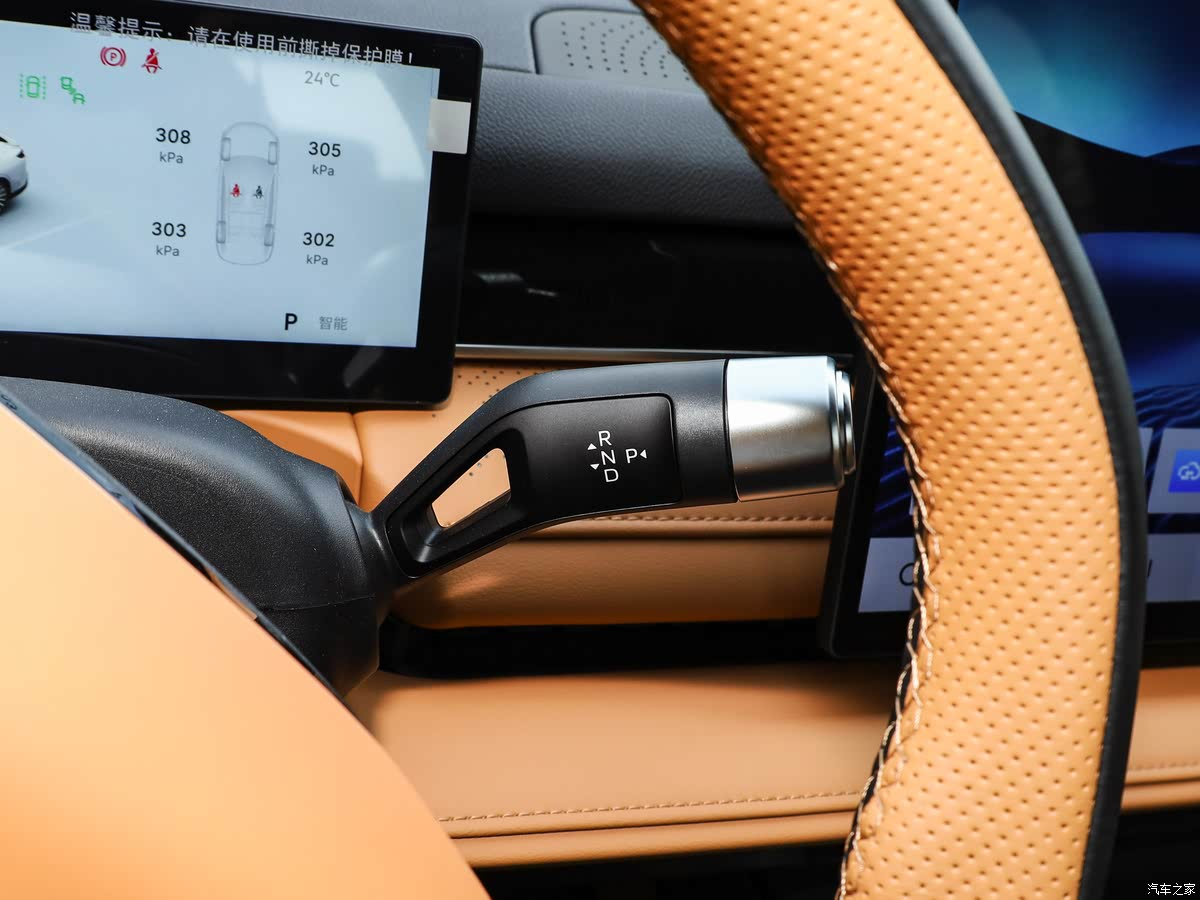
Geely s 1.5L naturally aspirated engine actually doesn t have particularly high power output, as its primary focus is fuel efficiency. It incorporates unique designs such as inclined intake ports and airflow-profiled piston tops, combined with an efficient intelligent thermal management system—featuring multi-layer water jacket design and a high-flow intelligent electric water pump—significantly improving the engine s overall thermal efficiency to 46.5%. Under CLTC test conditions, its fuel consumption in charge-sustaining mode is just 3.36L/100km, approximately 0.44L/100km lower than the BYD Han DM-i.

The EM-P is a plug-in hybrid system that places greater emphasis on performance. It is equipped with a 1.5T engine, with the maximum power increased to 163 horsepower, while the electric motor delivers 218 horsepower, bringing the total power output to 381 horsepower. The vehicle accelerates from 0 to 100 km/h in just 6.49 seconds. However, this model features front-wheel drive, and overall performance could be further enhanced if Geely were to add an electric motor to the rear axle. In terms of range, the EM-P model offers a CLTC pure electric range of 130 km and a combined range of 1,500 km.
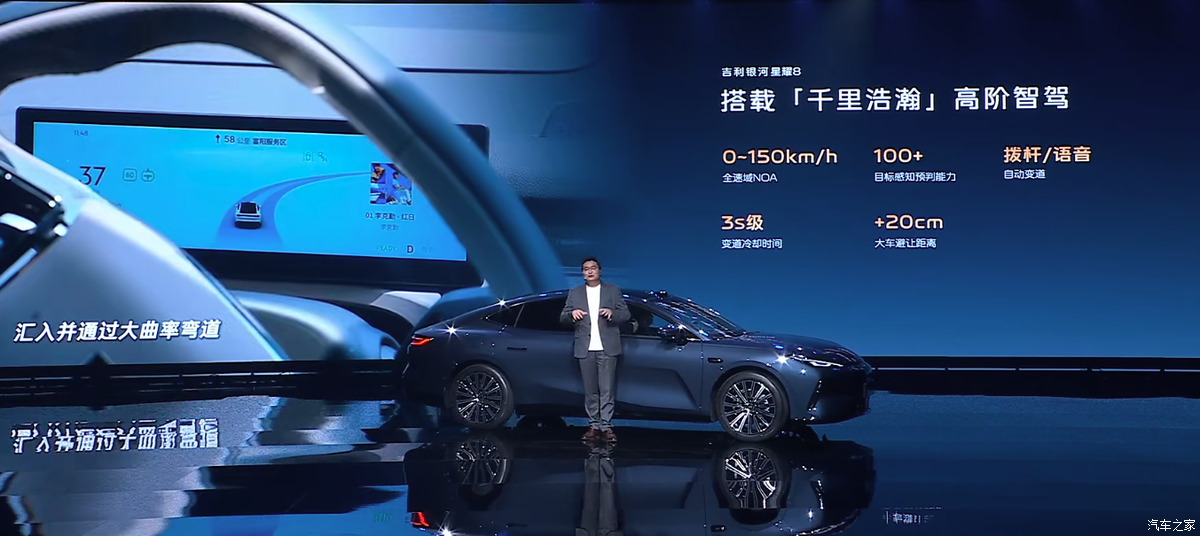
It is worth noting that the EM-P adopts a three-speed DHT transmission, while the EM-i uses a single-speed DHT transmission. For traditional internal combustion engine vehicles, the optimal fuel efficiency range and maximum power range of gasoline engines are quite narrow. More gear ratios allow conventional vehicles to maintain strong fuel economy from start-up to high-speed conditions while also accessing the engine s peak power during maximum acceleration.
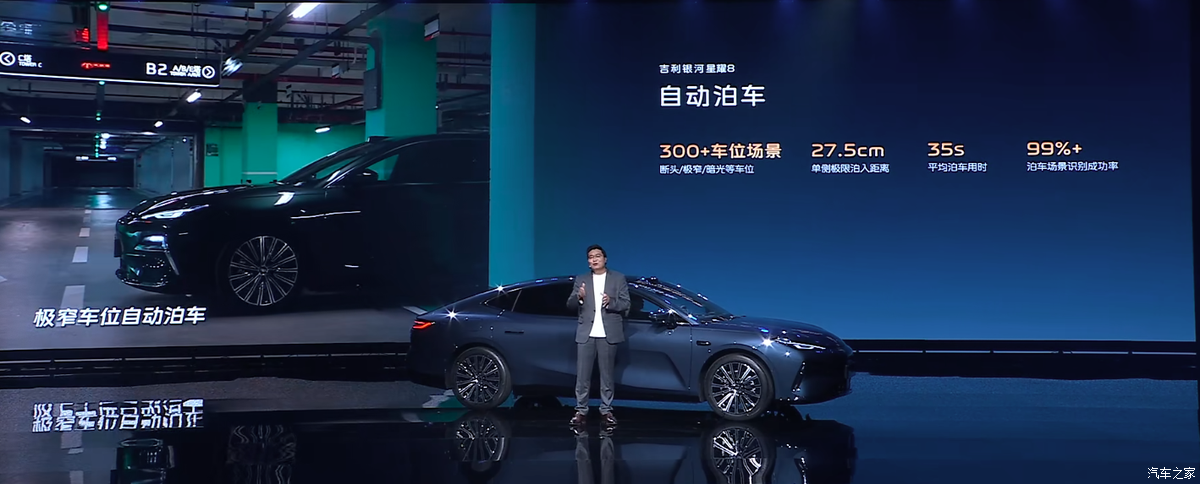
Plug-in hybrid vehicles can rely on pure electric power for initial acceleration, thereby reducing the engine s demand for low-speed gears. The engine can be activated only after the vehicle reaches a certain speed, allowing the use of a fixed gear ratio—essentially a single-speed DHT transmission. This type of transmission has a simple structure and low cost, but its drawback is the inability to vary the gear ratio, making it more suitable for pure electric or range-extender modes (where the engine generates electricity without direct propulsion) in low-speed conditions. In contrast, a 3-speed DHT offers more gear options, enabling the engine to participate in direct propulsion across a wider range of speeds. This enhances acceleration performance at various speed intervals and provides a more engaging driving experience through gear shifts.
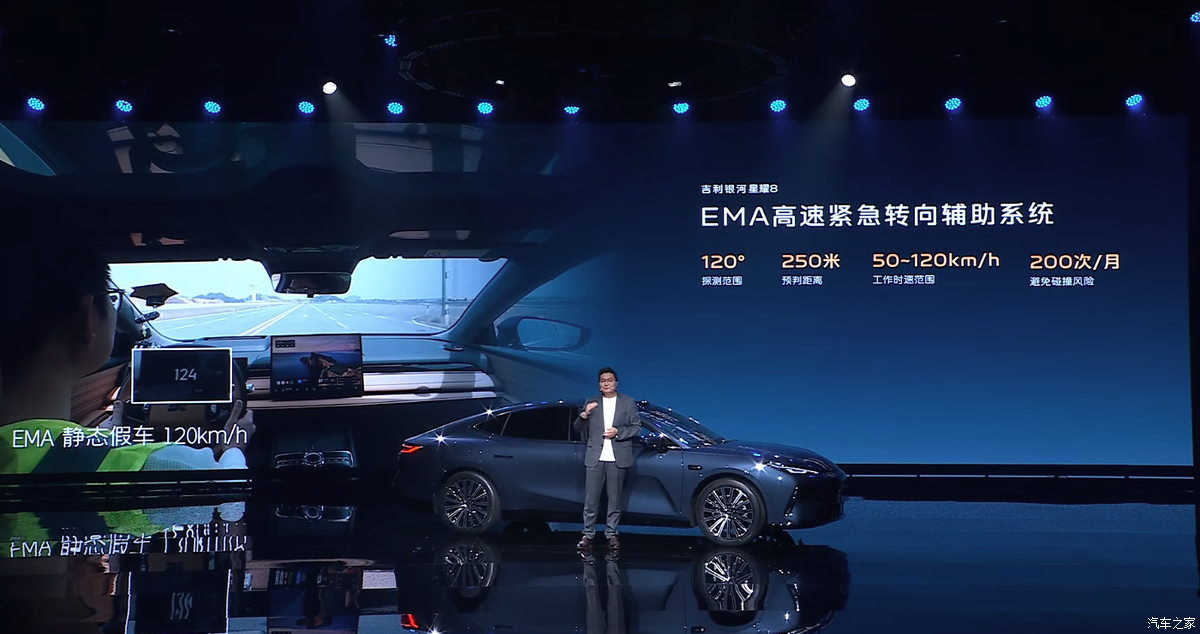
Moreover, with the advent of the AI era, Geely has integrated AI large models into its plug-in hybrid powertrain. This system continuously monitors environmental factors such as temperature, humidity, and road gradient, while comprehensively analyzing data like navigation routes, daily commuting patterns, and individual driving preferences to optimize powertrain parameters for improved fuel efficiency. Featuring an AI-powered driving mode, the vehicle prioritizes electric propulsion and intelligently switches between hybrid and pure-electric modes based on driver demand and battery status. Additionally, it is equipped with a smart energy recovery system that dynamically adjusts regenerative braking intensity in real-time, taking into account factors like following distance and road gradient to balance ride comfort with energy recovery efficiency.
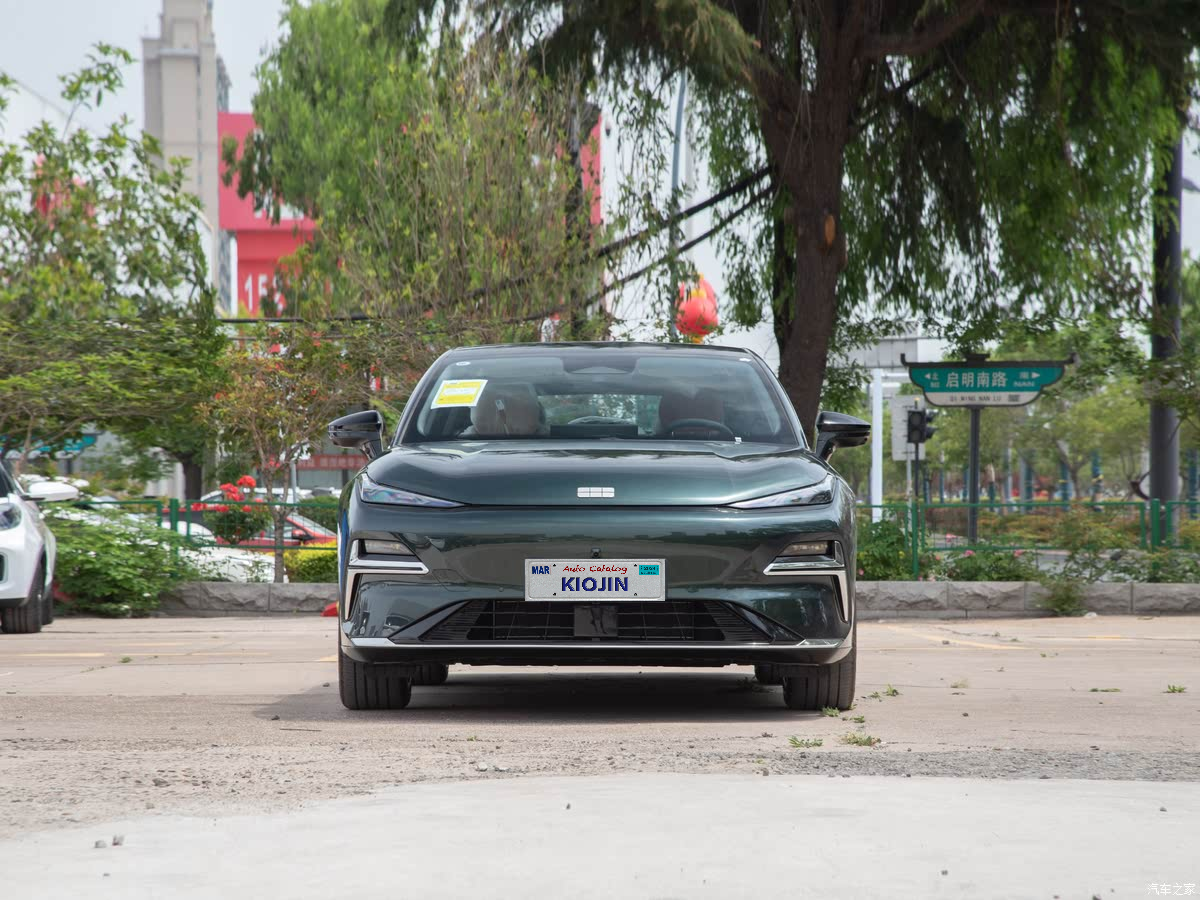
Thousand Miles Vast Intelligent Driving Assistance
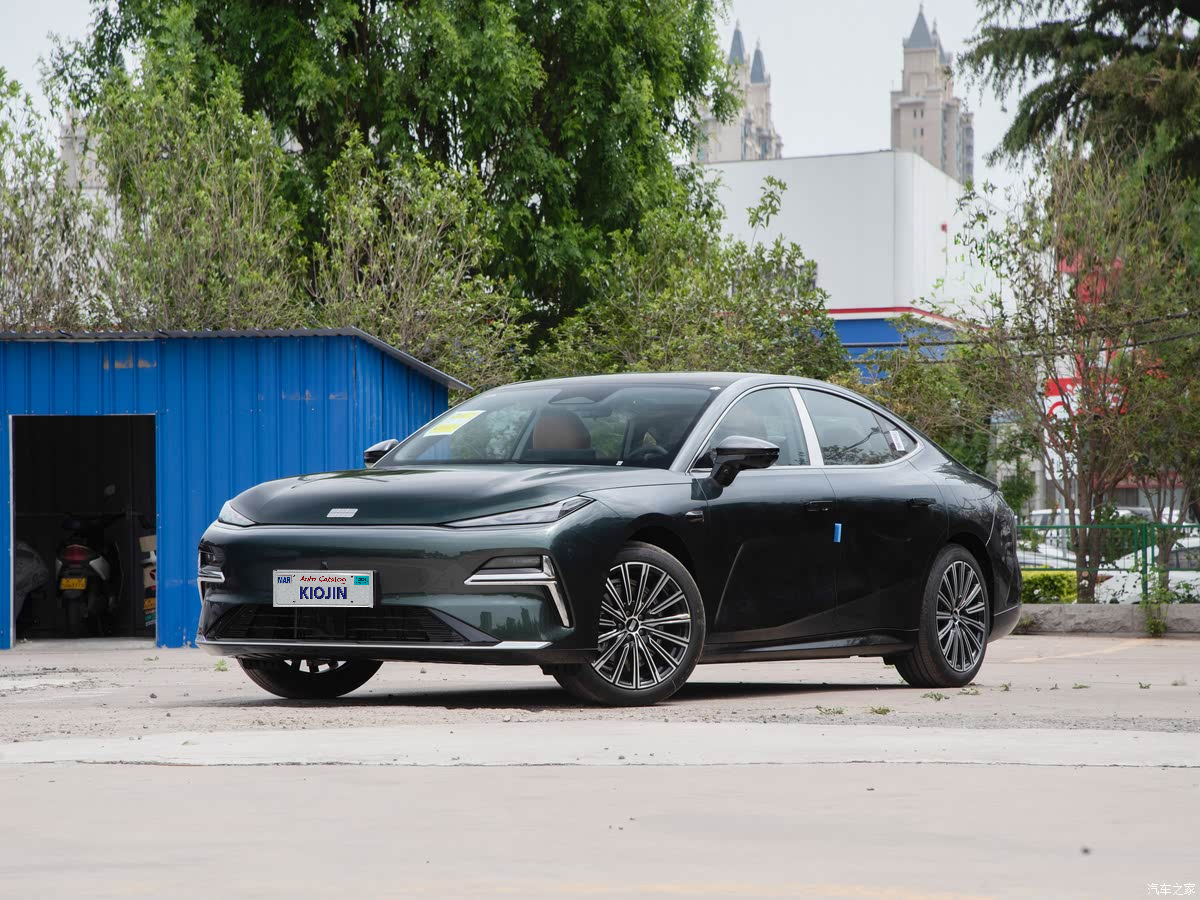
In terms of driving assistance, the Geely Galaxy Starlight 8 is equipped with the Qianli Haohan Intelligent Driving Assistance System, featuring highway/elevated road NOA navigation. It can proactively identify and calculate the driving intentions of surrounding vehicles, simultaneously recognizing and analyzing up to 100 targets to autonomously determine optimal lane-changing and avoidance solutions. Additionally, the new vehicle automatically identifies large vehicles during highway navigation and proactively increases lateral clearance by 20 centimeters within the lane for enhanced safety.
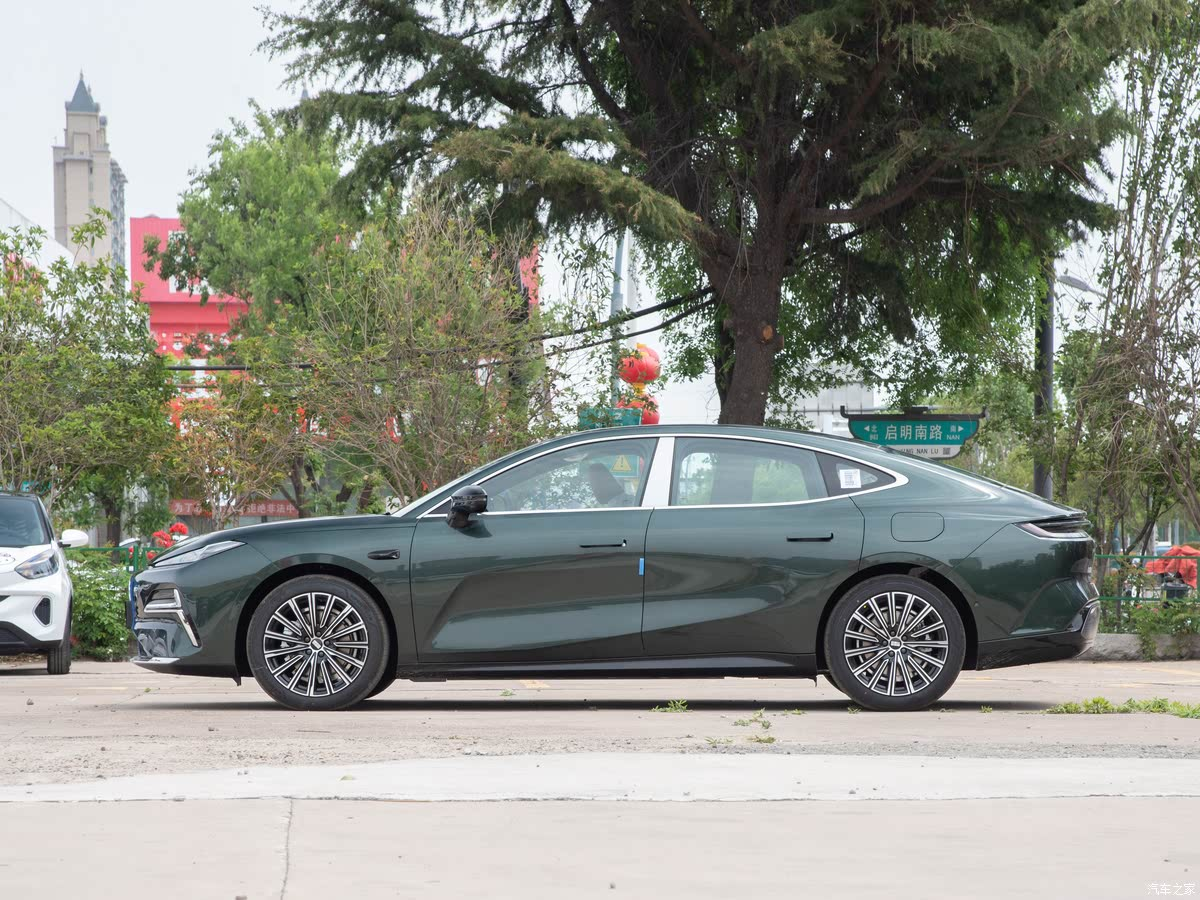
In terms of intelligent parking, the new vehicle is equipped with functions such as APA automatic parking, RPA remote-controlled automatic parking, and HPA memory parking, covering high-frequency parking scenarios like extremely narrow spaces, dead-end spots, and low-light conditions. Even with multiple pedestrians passing by during the parking process, the system maintains autonomous judgment to avoid obstacles. The HPA memory parking assist system can learn and memorize the user s frequently used parking paths and spot locations. During the initial drive, the system autonomously learns the route, generates an environmental feature map, and stores it. When the user returns to the parking point, the vehicle will automatically prompt and activate the memory parking function to assist in completing the parking maneuver. This feature will be implemented through future upgrades.
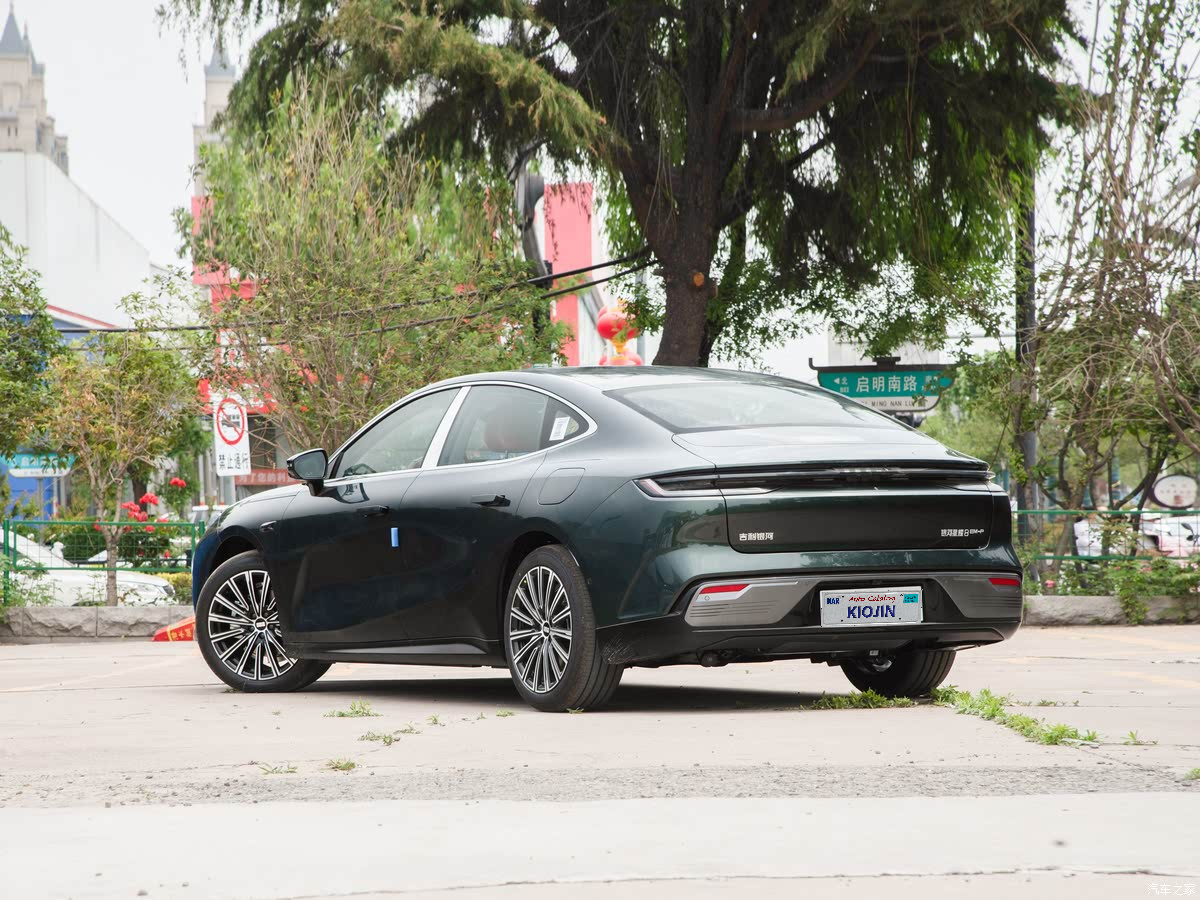
In terms of safety assistance systems, the new vehicle is equipped with an AEB (Automatic Emergency Braking) system capable of detecting objects at ultra-long distances exceeding 200 meters and achieving full braking at speeds up to 90 km/h. Additionally, the vehicle features an EMA (Emergency Maneuver Assist) system for high-speed emergency steering, addressing safety gaps where emergency braking may be ineffective in specific high-speed scenarios. The operational speed range for this system is 50–120 km/h.
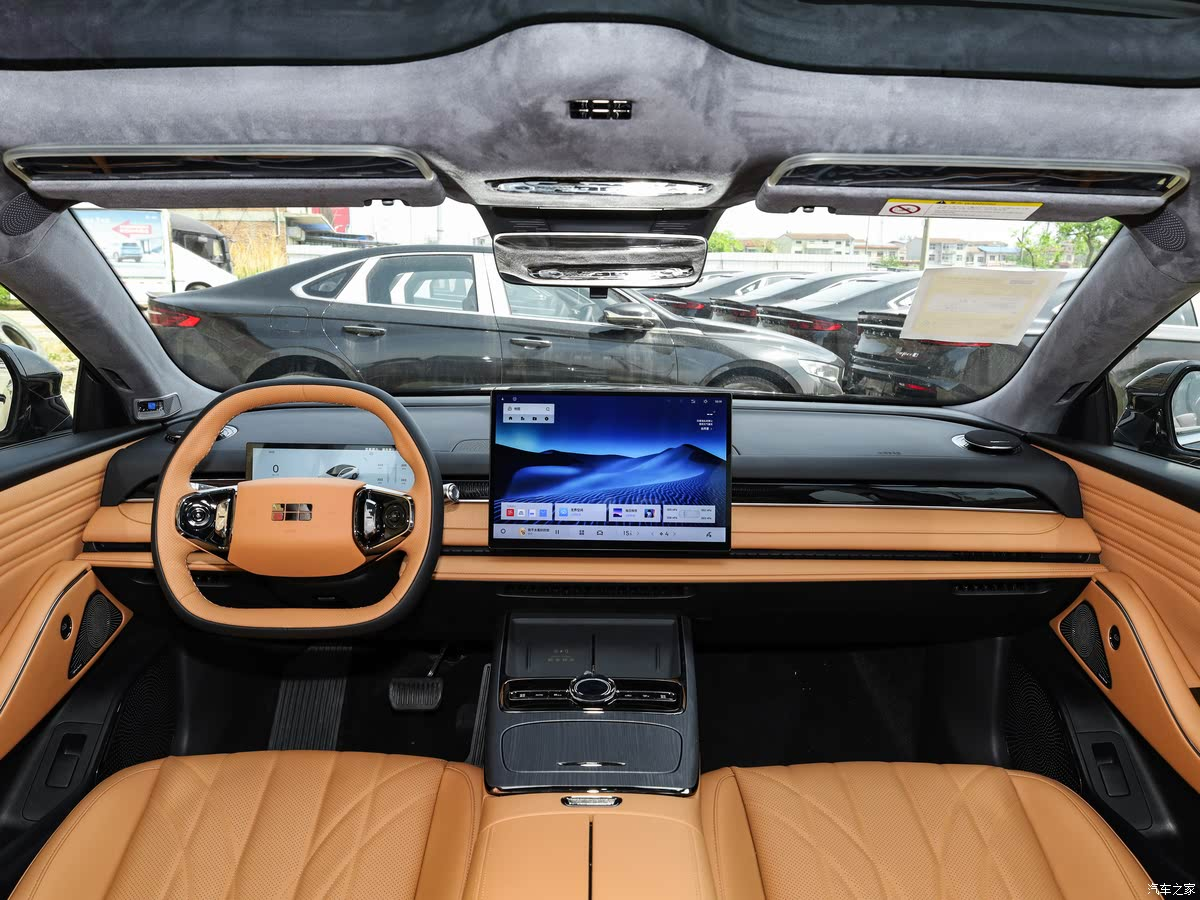
Appearance: The all-new ripple aesthetic—does it stir ripples in your heart?
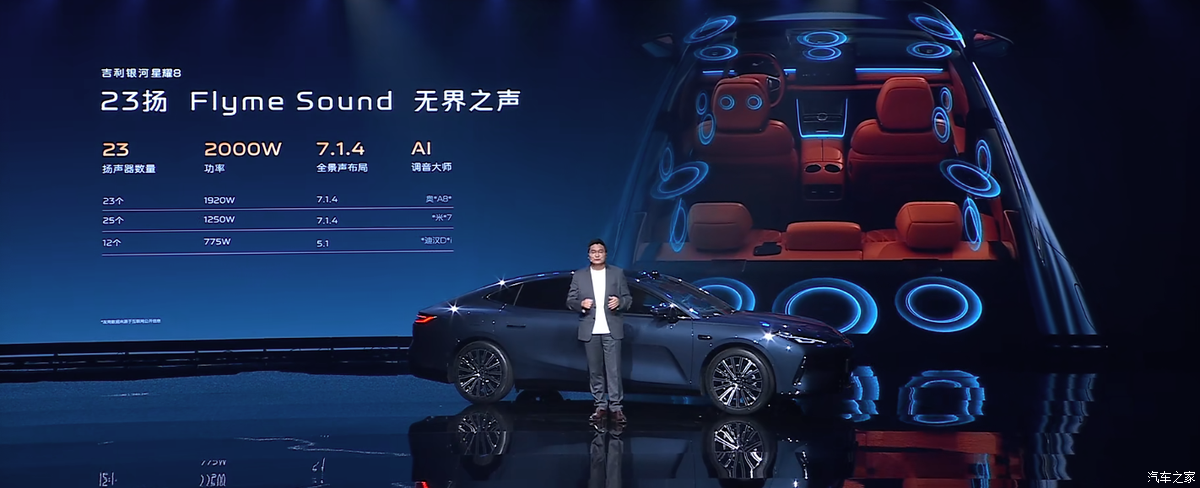
In terms of appearance, the Geely Galaxy Yao 8 adopts the Ripple Aesthetics design philosophy, featuring Flying Eaves Tiger Eye headlights that give the entire front fascia a futuristic feel. The lower part of the front end is equipped with a trapezoidal air intake design, complemented by chrome trim strips on both sides to further enhance its sporty appeal. As for body colors, the new model is available in six options: Ocean Blue, Mountain Green, Sky White, Ink Gray, Silver Spiral, and Black Glaze.
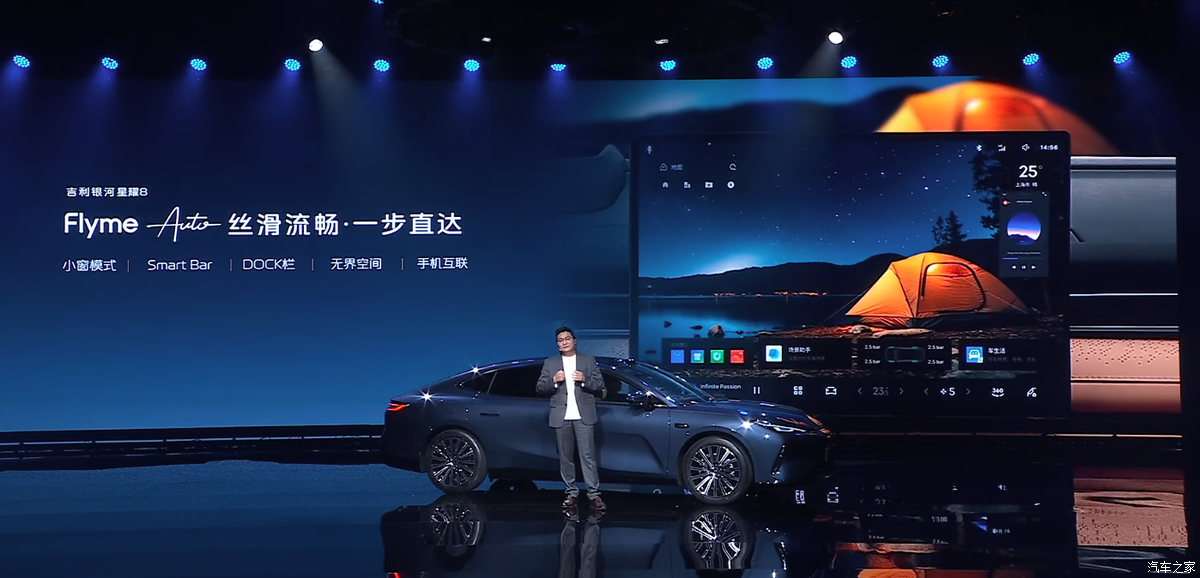
From the side, the new car features a dynamic and sleek body design with frameless windows, and the multi-spoke wheel design effectively enhances the sense of luxury. The rear is equipped with a full-width taillight, and the silver-gray rear bumper adds a layered aesthetic. In terms of dimensions, the new car measures 5018mm in length, 1918mm in width, and 1480mm in height, with a wheelbase of 2928mm.
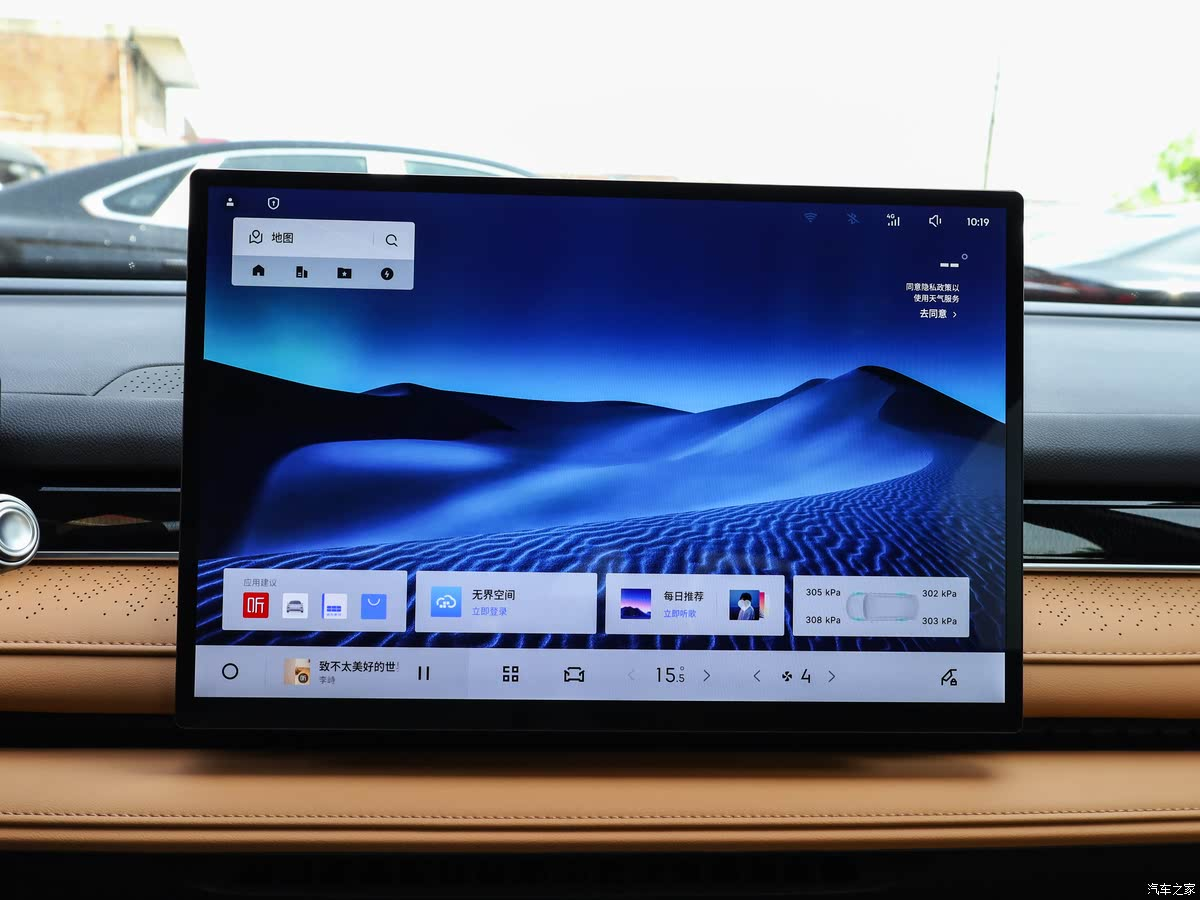
Smart Cockpit: Qualcomm Snapdragon 8295 chip + DeepSeek large model onboard.
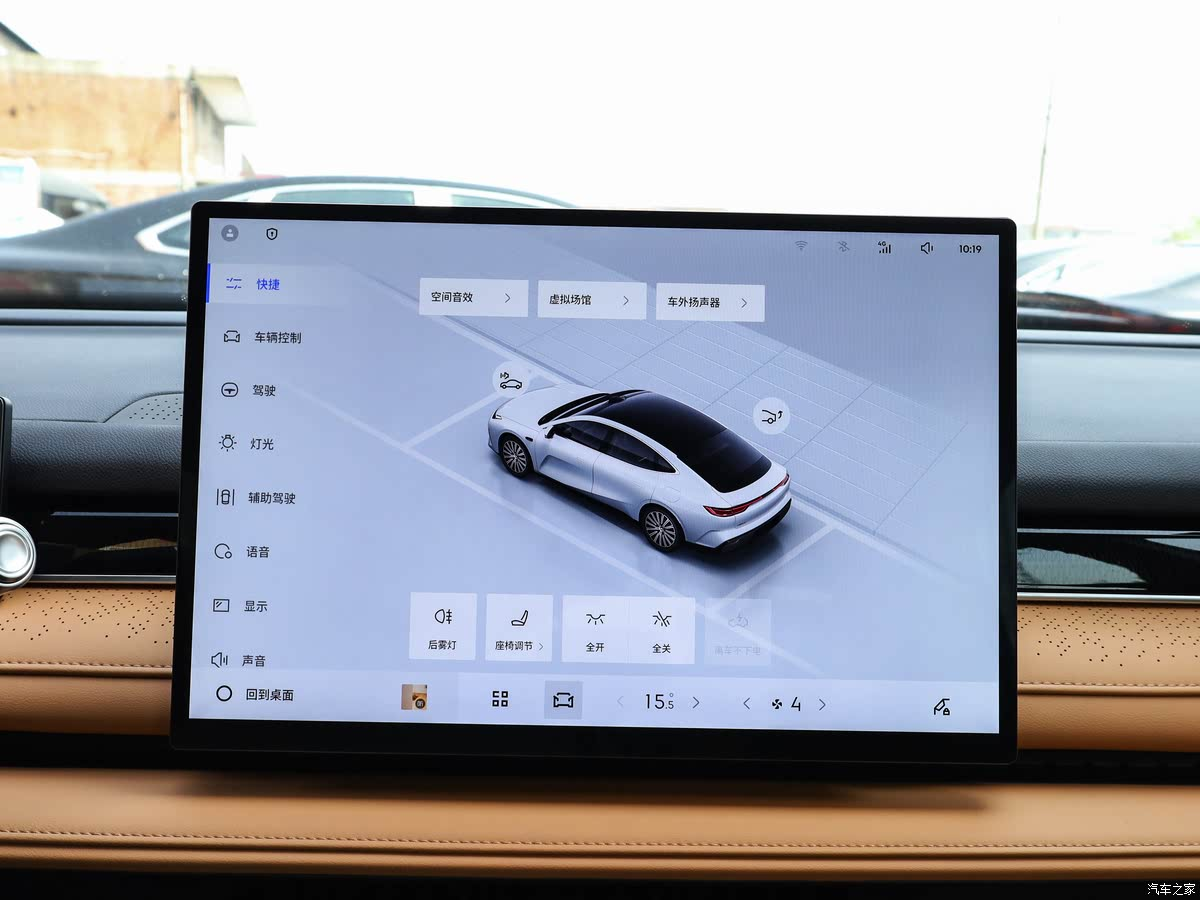
For the interior, the new car offers two color options: Sandalwood Brown and Eclipse Gray. It features a central floating touchscreen, an instrument cluster, and a heads-up display system. Below the screens, there is a 50W wireless charging pad, and the cabin is equipped with 256-color intelligent ambient lighting. In terms of audio, the vehicle comes with the Flyme Sound Boundless Audio system, which includes 23 speakers, a 2000W amplifier, and a 7.1.4 panoramic sound layout. It also incorporates AI-powered sound field technology and AI active noise cancellation.
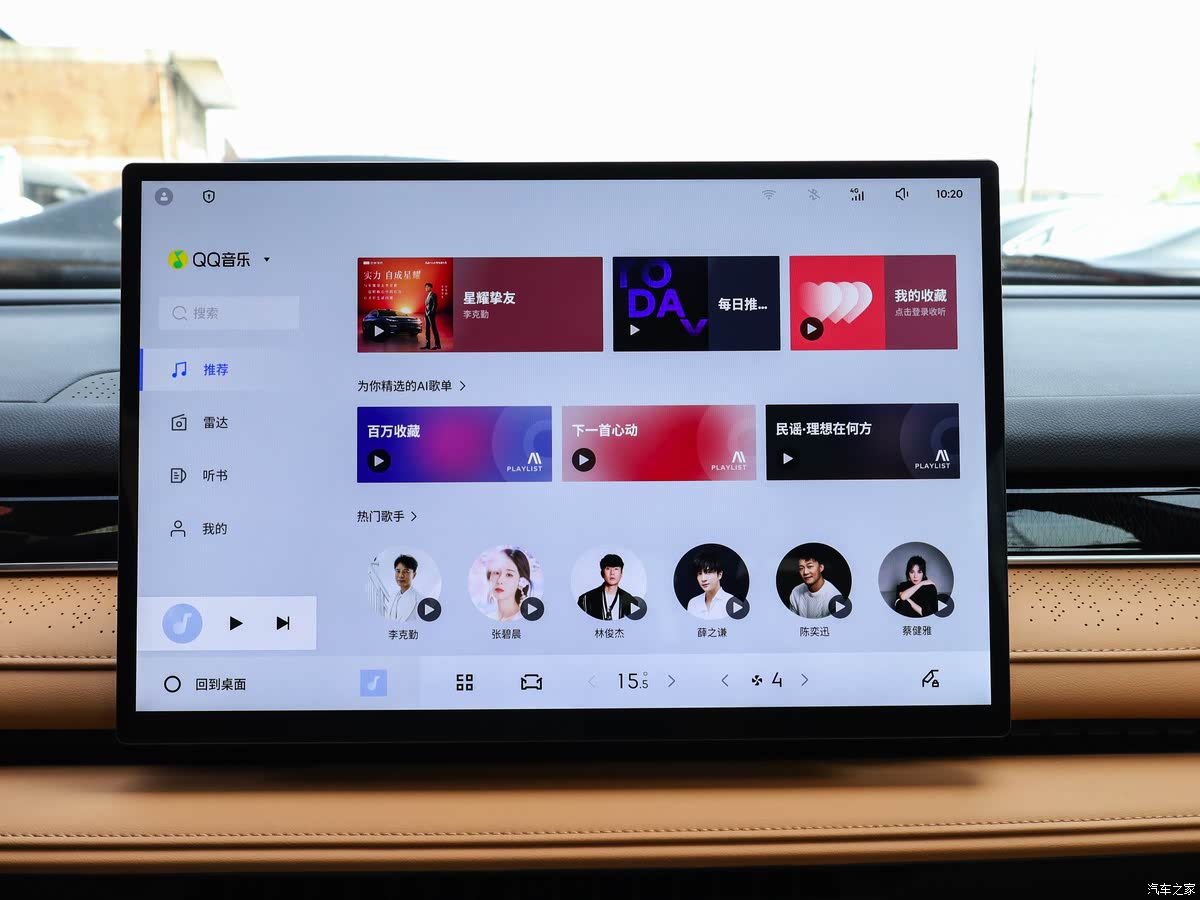
The new vehicle is equipped with the Flyme Auto intelligent cockpit system, featuring the Qualcomm Snapdragon 8295 chip. It incorporates smartphone-like interface designs such as Small Window Mode, Smart Bar, and DOCK Bar, enabling high-frequency applications like music playback and navigation to operate simultaneously on the central control screen. Additionally, it supports full-scenario personalization. The in-car voice system integrates the DeepSeek AI model, allowing users to interact naturally for tasks like setting navigation destinations or identifying multimedia music. It supports anytime interaction, full-time wake-free operation, and multi-channel simultaneous dialogue.
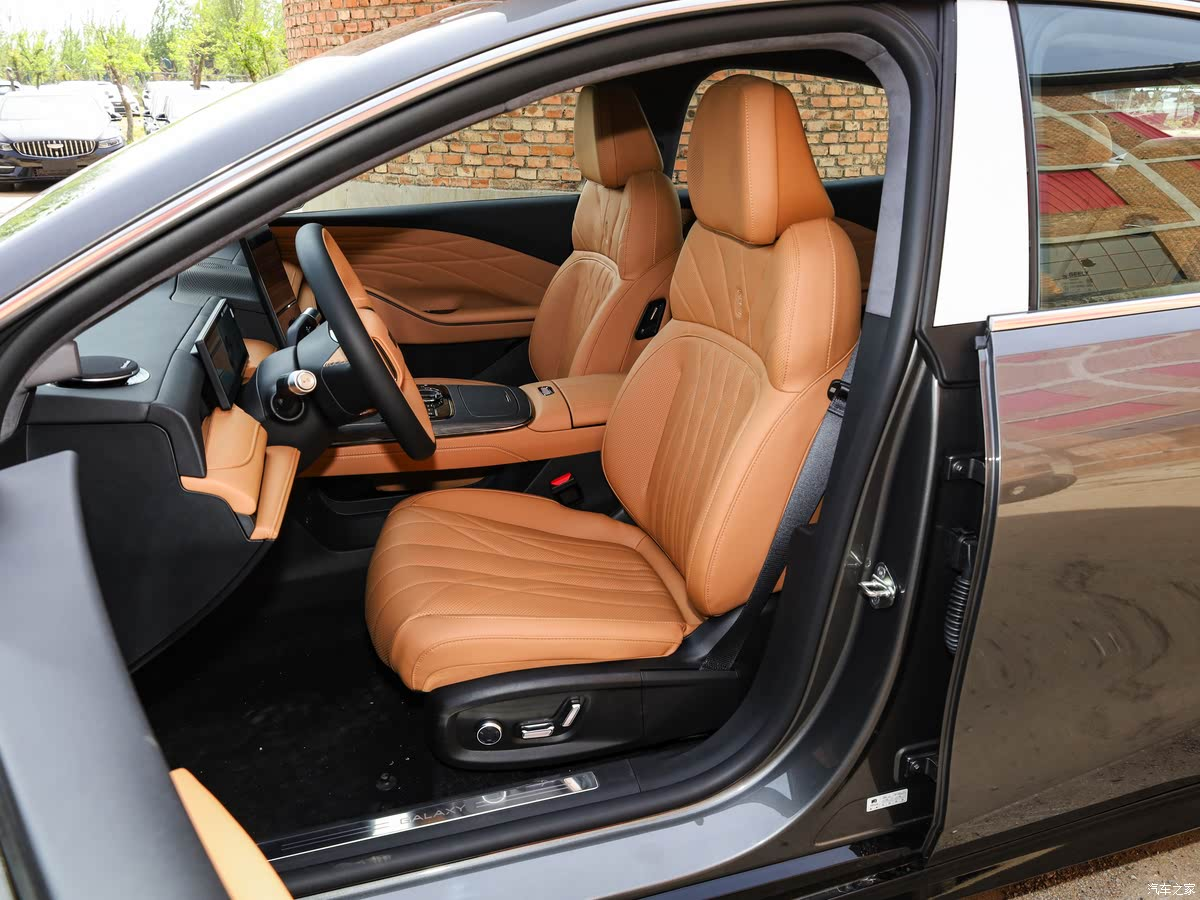
In terms of seating, the new car is equipped with rear VIP electric executive seats, featuring a seat cushion that can slide forward up to 100mm and a backrest with a one-touch adjustable recline angle of 31°-41°. The seats also offer heating, ventilation, 8-point massage, and independent button + voice control functions. Additionally, the new model will come with a panoramic sunroof.
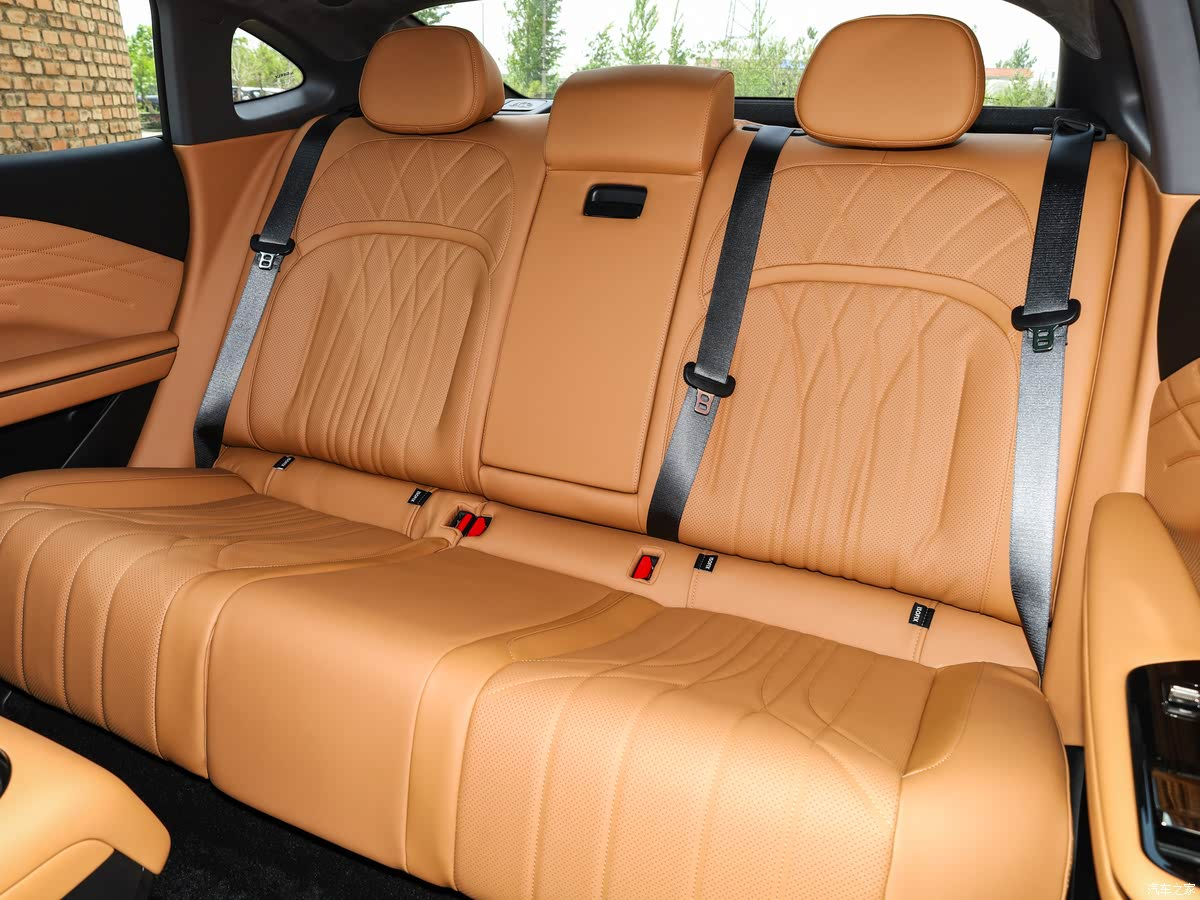
Competitors: Traditional automakers in a fierce battle, with the BYD Han DM-i leading the charge.
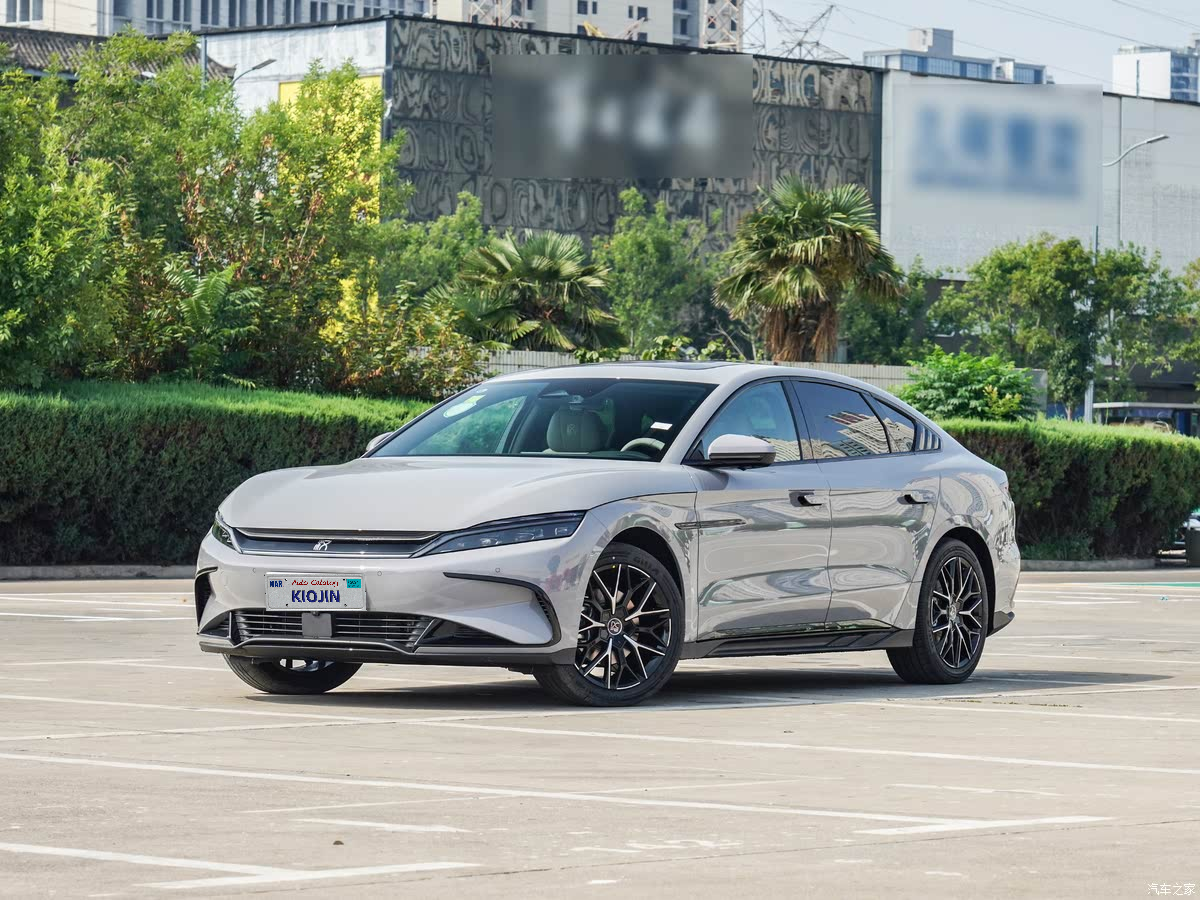
Geely Galaxy Starlight 8 Competitor Comparison
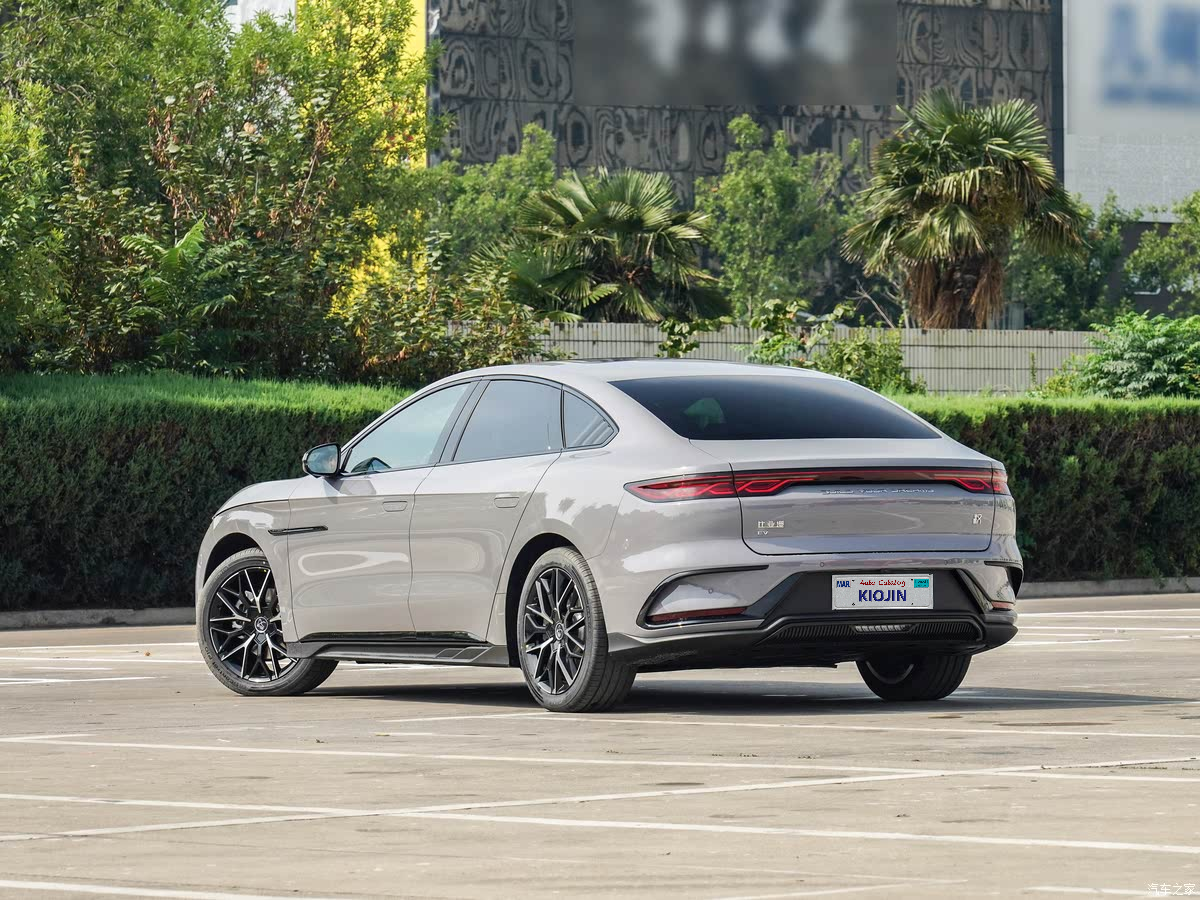
Geely Galaxy Starlight 8
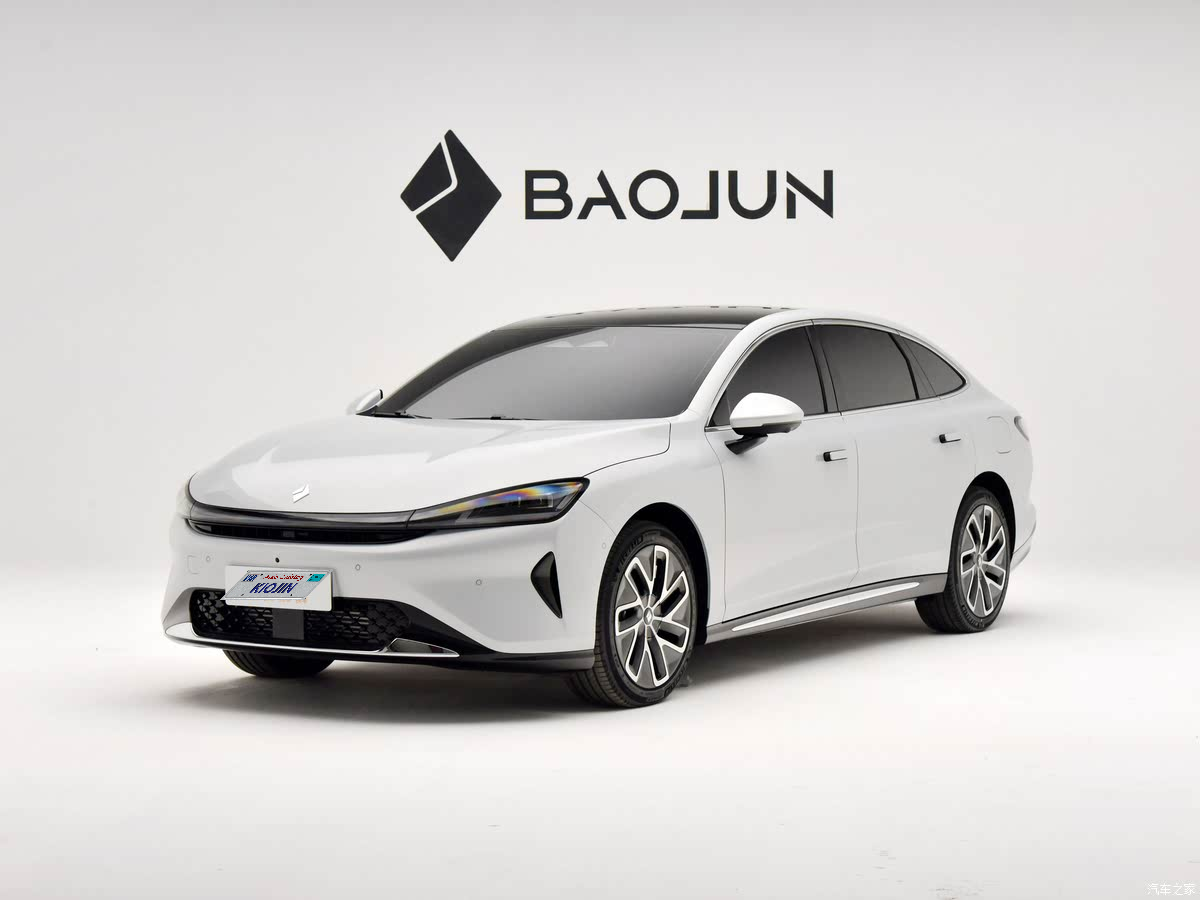
BYD Han DM-i (2025 Model)
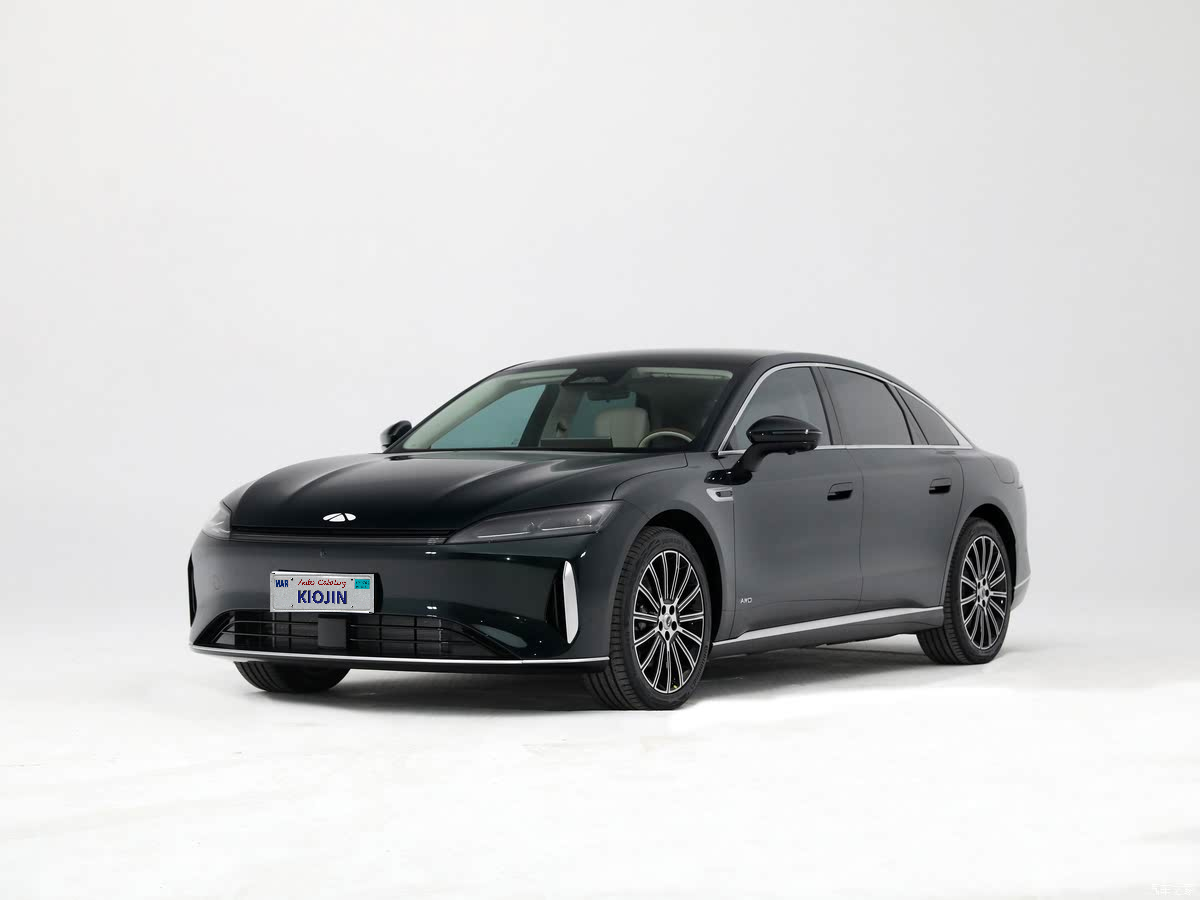
Baojun Enjoyment Plug-in Hybrid Edition
Chery Fengyun A9
Pre-sale price: 133,800 to 159,800 yuan.
168,800 to 225,800 yuan.
Pre-sale price: 129,800 to 149,800 yuan.
-
1.5T 163 horsepower + single motor 238 horsepower
Total power output of 381 horsepower.
1.5T 156 horsepower + single motor 272 horsepower
1.5T 143 horsepower + single motor 218 horsepower
1.5T 156 horsepower + single motor 218 horsepower
CLTC pure electric range of 60/130km
CLTC pure electric range of 125km.
CLTC pure electric range of 140km.
-
CLTC combined range of 1500/1600km
-
CLTC comprehensive range of 1100km
-
5018mm in length
4995mm in length
5005mm in length
5018mm in length
Width 1918mm
Width 1910mm
Width 1900mm
Width 1965mm
Height: 1480mm
Height: 1495mm
Height: 1505mm
Height: 1500mm
The wheelbase is 2928mm.
The wheelbase is 2920mm.
The wheelbase is 2900mm.
The wheelbase is 3000mm.
Auto Home News Team Chart
Looking across the entire new energy vehicle market, we can observe that emerging automakers generally favor pure electric and range-extender models, while plug-in hybrid models are mostly introduced by traditional automakers. Since plug-in hybrid vehicles require direct engine propulsion, automakers need certain technical expertise in gasoline engines and transmission systems. As a result, the competitors of the Geely Galaxy Star Glory 8 mostly come from traditional automakers with years of experience in manufacturing fuel-powered vehicles.
Actually, I don’t need to say it—I’m sure everyone watching can already guess that the Geely Galaxy Starshine 8 is a model aimed squarely at the BYD Han DM-i. For the Geely Galaxy Starshine 8 to surpass its competitor as a latecomer, it will undoubtedly have to offer even more compelling advantages, and the first thing that attracts consumers is price. The pre-sale price of the Geely Galaxy Starshine 8 starts at 133,800 yuan, over 30,000 yuan cheaper than the entry-level BYD Han DM-i, and the official launch price could be even lower. If you were to spend 130,000 yuan on an overseas brand, you’d only get a compact car like the Volkswagen Sagitar or Nissan Sylphy. But with a Chinese brand, you can already buy a mid-to-large-sized sedan that’s 5 meters long. It’s undeniable that the rise of Chinese automakers has brought significant benefits to consumers.
As for why the starting price of the Geely Galaxy Star Glory 8 can be so affordable, the powertrain configuration reveals the strategy. The BYD Han DM-i offers a single powertrain across all trims, while the Geely Galaxy Star Glory 8 adopts a high-low pairing approach. The lower starting price targets price-sensitive consumers who prioritize cabin space over pure electric range or performance. The entry-level 1.5L plug-in hybrid version lags behind the BYD Han in both electric range and power output, positioning it to compete with midsize or even compact sedans from rival brands. In contrast, the higher-end 1.5T variant excels in engine power and electric range, enabling direct competition with the BYD Han DM-i.
Additionally, in the same segment, there are two other models: the Baojun Enjoyment PHEV and the Chery Fengyun A9. The Baojun Enjoyment has recently opened for pre-sales, with a pre-sale price range of 129,800 to 149,800 yuan, positioning it as another cost-effective option. Its overall dimensions are slightly smaller than those of the Geely Galaxy Starlight 8, and while it offers a longer pure-electric range, it falls significantly short in terms of comprehensive range compared to the Geely model. Another noteworthy contender is the Chery Fengyun A9. Chery has been rapidly expanding its PHEV lineup in recent years, and the Shanghai Auto Show featured the debut of the Fengyun A9. However, details regarding its pricing and specifications have yet to be announced. We look forward to seeing how this model will shake up the competitive landscape of mid-to-large-size PHEV sedans and bring more surprises to the market.
Summary:
As the new energy vehicle market gradually becomes saturated and increasingly competitive, Geely has once again found a new breakthrough. The Geely Galaxy Starlight 8 poses a strong challenge to the BYD Han DM-i, which has long held a monopoly in its segment, while offering consumers another affordable new option. Overall, the Geely Galaxy Starlight 8 is a cost-effective family car, with its entry-level version boasting superior space in its price range and clear pricing advantages in the mid-to-large sedan market. Meanwhile, the high-end models deliver strong performance in power, range, and smart features. With this balanced combination of affordability and premium offerings, its market performance is highly anticipated. (Text/Autohome Yan Huan)


